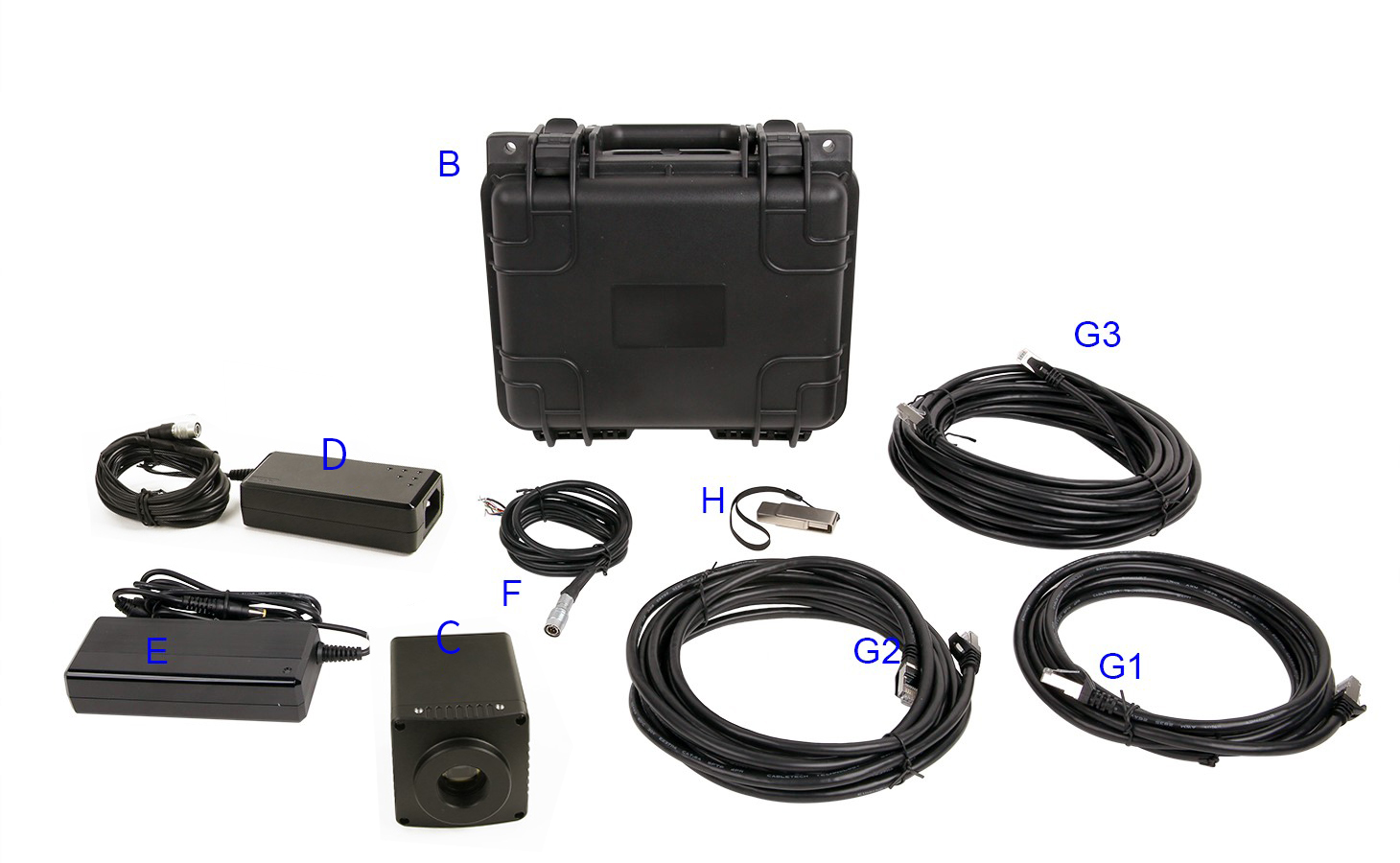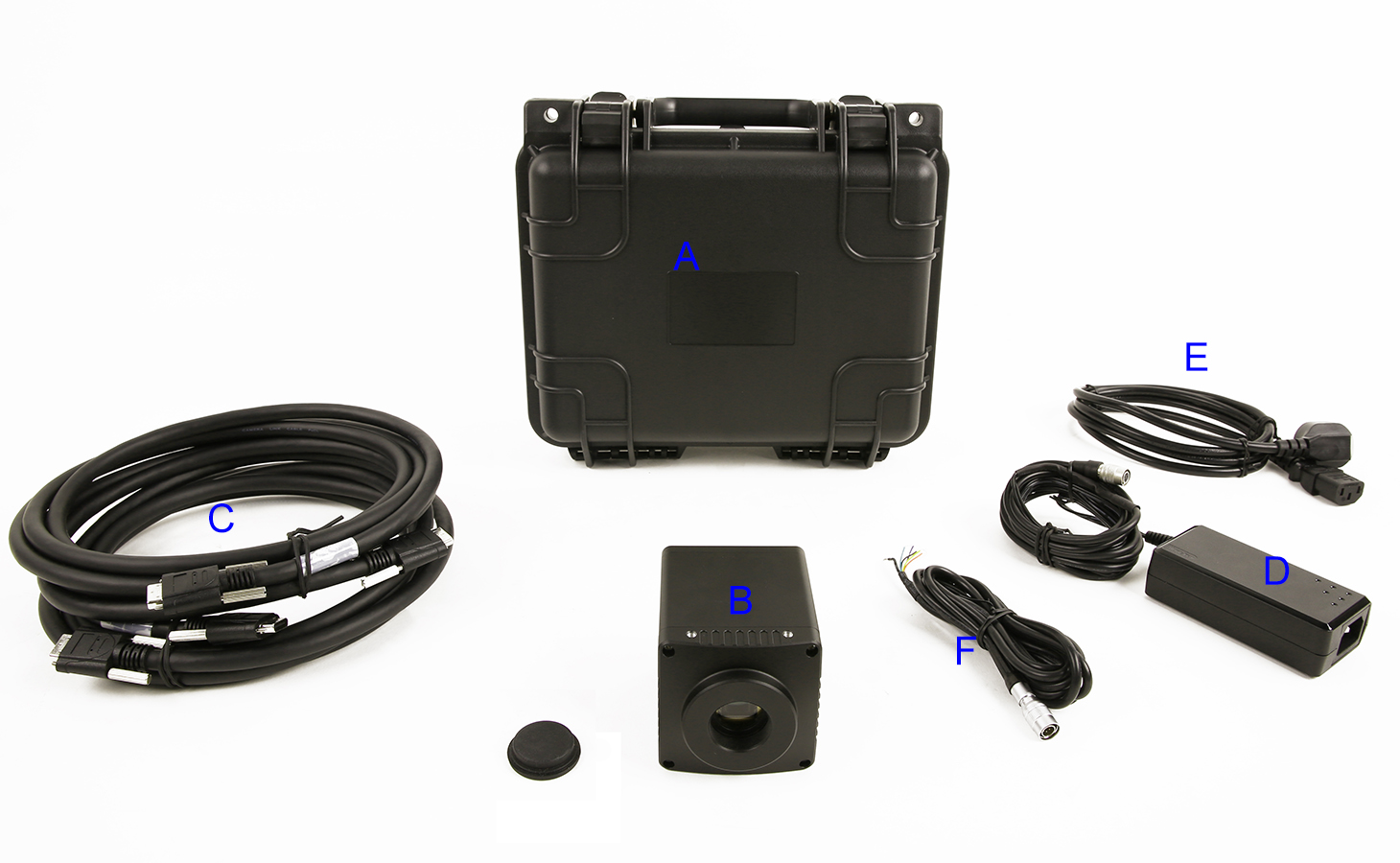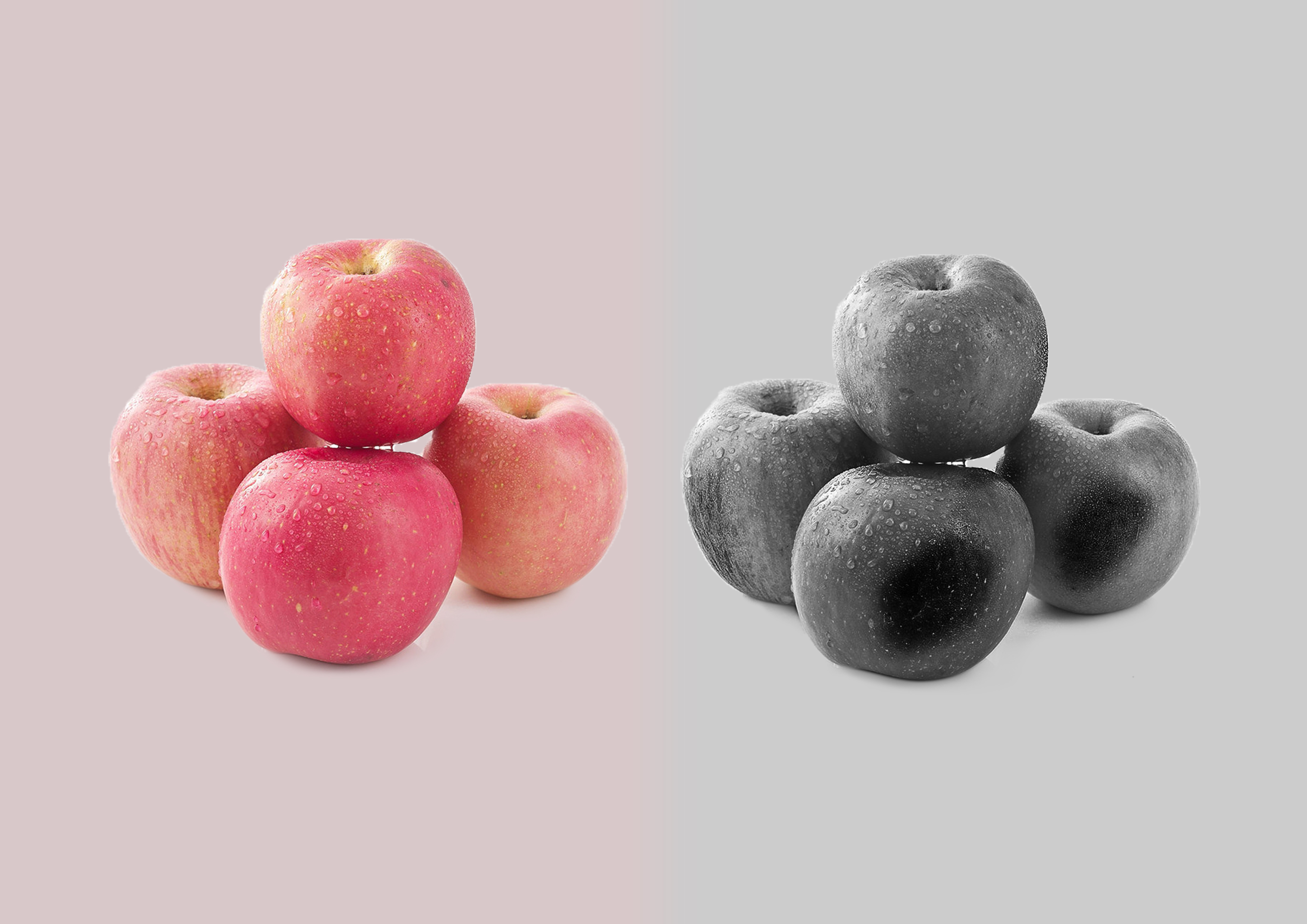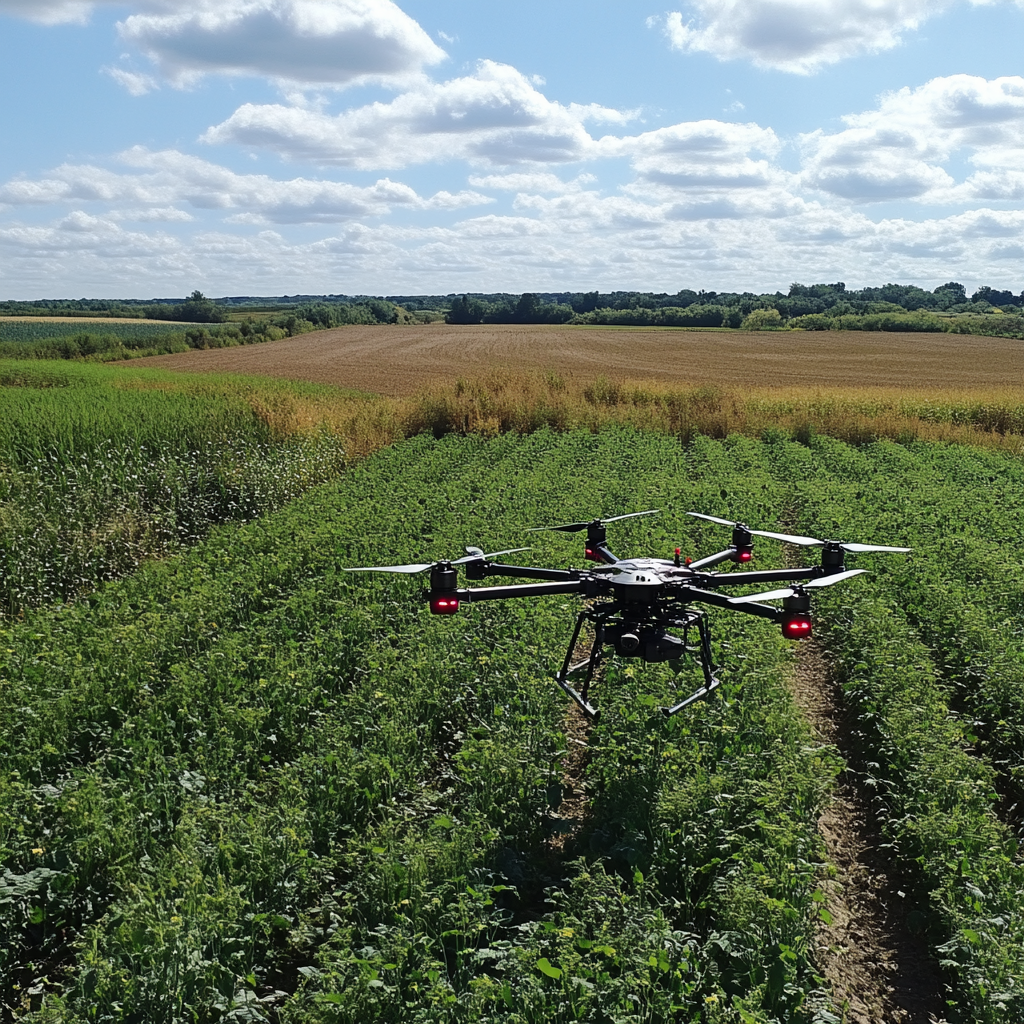900–1700 nm | China-made SWIR InGaAs | 1.3 MP | USB3/10GigE/CameraLink | Cooled | Short-Wave Infrared Camera
Product Introduction
The SWIR 900–1700 nm 1.3 MP series features China-made InGaAs sensors with 15 µm pixels, achieving a balance between high sensitivity and high-speed acquisition. Available with USB3/10GigE/CameraLink Full interfaces and cooling options, covering applications including material identification, food sorting, and synchronized scientific imaging.
Product Features
- 900-1700 nm version with China-made InGaAs sensor
- Global shutter
- Support for USB 3.0/10GigE/CameraLink Full interfaces
- External I/O trigger control support
- 12–14-bit ADC
- 4 GB memory buffer
- High frame rate acquisition
- Precision temperature control (cooled/non-cooled)
- On-site firmware upgrade support
- OEM customization accepted
Product Models
Choose the best 900–1700 nm | China-made SWIR InGaAs | 1.3 MP | USB3/10GigE/CameraLink | Cooled | Short-Wave Infrared Camera model for your application needs
| Model | Sensor | Resolution | Pixel Size | Frame Rate | Data Interface | Dynamic Range | Action |
|---|---|---|---|---|---|---|---|
| SWIR1302KMB-U200 |
China-made 1280×1024 (InGaAs CMOS)
19.2 mm × 15.36 mm
|
1.3 MP (1280×1024) | 15 µm × 15 µm |
200 fps at 1280×1024
|
USB3 |
70.59 dB (LG), 67.96 dB (MG), 47.98 dB (HG)
|
View Details |
| SWIR1302KMB-10G |
China-made 1280×1024 (InGaAs CMOS)
19.2 mm × 15.36 mm
|
1.3 MP (1280×1024) | 15 µm × 15 µm |
200 fps at 1280×1024
|
10GigE |
69.2 dB (LG), 63.2 dB (MG), 57.4 dB (HG)
|
View Details |
| SWIR1302KMA-CL200 |
China-made 1280×1024 (InGaAs CMOS)
19.2 mm × 15.36 mm
|
1.3 MP (1280×1024) | 15 µm × 15 µm |
200 fps at 1280×1024
|
CameraLink Full |
69.2 dB (LG), 63.2 dB (MG), 57.4 dB (HG)
|
View Details |
| SWIR1302KMB-CL200 |
China-made 1280×1024 (InGaAs CMOS)
19.2 mm × 15.36 mm
|
1.3 MP (1280×1024) | 15 µm × 15 µm |
200 fps at 1280×1024
|
CameraLink Full |
69.2 dB (LG), 63.2 dB (MG), 57.4 dB (HG)
|
View Details |
Quantum Efficiency Curve #
Typical quantum efficiency response of the China-made InGaAs 900–1700 nm range
Packing List#
Standard packing list (kept identical to the source order)
- A Outer carton (not shown): shipping box size L: 28.2 cm W: 25.2 cm H: 16.7 cm
- B 3-A instrument safety case: L: 28 cm W: 23.0 cm H: 15.5 cm (1 pc, 2.8 kg/box)
- C SWIR 900–1700 GigE interface camera
- D 12 V / 3 A 6-pin aviation connector power adapter
- E Power cords: CN, US, EU, and UK plugs (D1, D2, D3, D4, not shown)
- F External trigger control cable (1 pc)
- G Network cables: G1: 3 m, G2: 5 m, G3: 10 m (G4: 50 m, not shown)
- H USB drive (includes drivers and application software)
Product Dimensions #
Outline drawings and primary mounting interfaces across cooled variants
Frequently Asked Questions
Learn more about SWIR short-wave infrared camera technology

Deep Understanding of SWIR Cameras
Short-Wave Infrared (SWIR) cameras and their core sensors are important components of advanced imaging systems. SWIR technology covers the 900–1700 nanometer wavelength band and has excellent penetration capabilities in harsh environments, such as penetrating fog, smoke, and dust to achieve clear imaging under extreme conditions.
SWIR cameras primarily rely on short-wave infrared light reflection, similar to the visible light band, complementing the application range that thermal imaging cameras (LWIR) cannot cover, providing more complete imaging solutions. They are compact and flexibly integrated, making them easy to apply in various industrial and commercial systems.
The high resolution and high sensitivity of SWIR cameras can meet precision detection and high-requirement applications, capable of detecting minute changes and anomalies in samples, making them very suitable for quality control and defect detection. Some models support cooling, further ensuring imaging quality in high-temperature or high-noise environments.
To reduce system costs and improve integration efficiency, modern SWIR cameras commonly adopt standard optical interfaces and compact designs to accommodate broader application requirements. With the continuous development of imaging markets and technology, SWIR cameras have become one of the key technologies for high-end imaging and sensing in multiple industries due to their unique advantages.
Application Examples
Demonstration of SWIR camera applications in real-world scenarios
More Application Industry References
- Semiconductor Industry: Solar cell and chip inspection
- Agriculture: Spectral remote sensing applications via multirotor aircraft
- Recycling Industry: Material sorting of plastics, waste, and other materials
- Medical Imaging and Research: Hyperspectral and multispectral imaging
- Food Industry: Quality inspection and grading
- Beverage Industry: Liquid level detection in opaque containers
- Packaging: Seal inspection
- Glass Industry: High-temperature glass penetration defect detection
- Printing Industry: See-through hidden features
- Video Surveillance: Visual enhancement (e.g., smoke penetration)
- Security: Counterfeit detection, such as currency, wigs, or skin


















